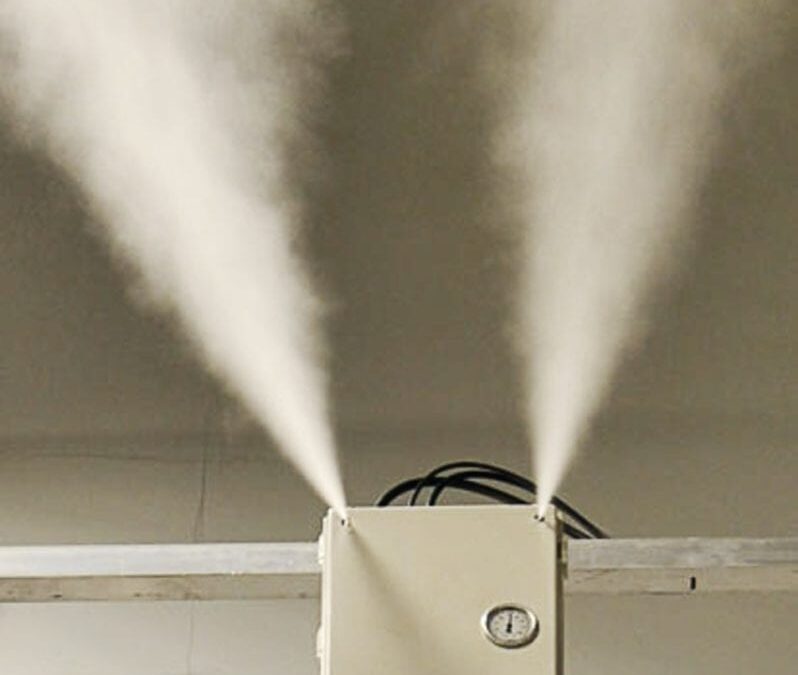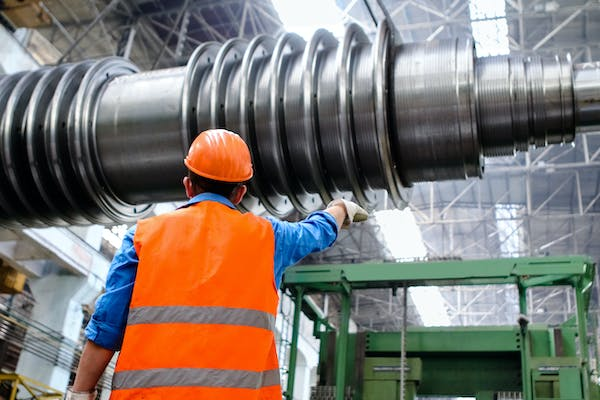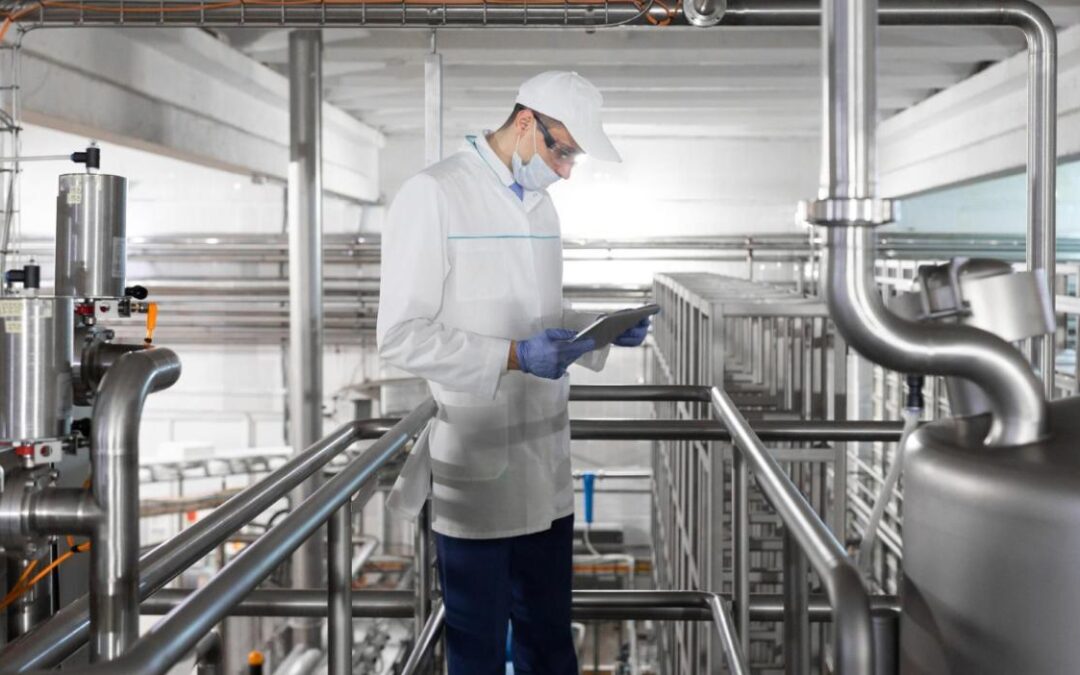Printing House Humidifiers possess an important, if not critical, need for several reasons. The relationship between controlling humidity and printing may not leap immediately to mind. The results can prove disastrous when underestimating the impact of humidity. It not only affects the job but the cost. Controlling humidity in the print house proves as critical as the paper and the ink.
Optimum operation with little or no downtime represent the goals of all print houses. Optimization includes quality of product beyond just output levels. Paper quality and ink brightness rely on the exact amount of humidity during production. It all has to do with moisture. Keeping the moisture at precise levels avoids a lot of extra costs, shutdowns, degraded paper, and poor ink quality.
So, moisture is the key and humidity control is the answer. Too much moisture or too little causes the paper to react adversely. Given different atmospheric conditions, paper either absorbs or yields water. This is the balance printing houses battle.
Another strange factor that challenges a humidifier is the heat. It is not just the heat from the outside that requires consideration. The printing machines etc. also generate heat. With several factors affecting moisture, the role of the humidifier as tool increases.
With so much on the line, using the correct humidifier for a print house proves invaluable. It is a golden link between the paper and the ink.
The optimum relative humidity, estimated between 50 – 60%, will cause the paper to curl, create static, and web breaks. With overly “wet” paper, the ink becomes subject to misregistration which creates a host of problems. To mention a few impacts to the ink, the paper can cause waggle, flare, web growth and more. Pressing and squeezing affects the paper, serving to degrade the inking process.
Identifying the potential problems leads to the solutions.
This where selecting the proper humidifier becomes critical. The single question at the outset is: Does it do the job? Then come questions of cost, reliability, maintenance, and installation.
Taking a look at Smart Fog’s guarantee for its humidifier, noticeably comes the promise that no pooling, wet spots, or wetting will occur. It accomplishes these feats by uniform distribution of droplets to the measure of 4.2 microns. That gets right to the heart of the problem. Consistency at the right level of humidity achieves optimum results. It avoids the above three culprits know as the bane of the industry. That is step one in getting the job done.
Next, look at Smart Fog’s humidifier. It has non-wetting humidity control. It eliminates electrostatic build-up and misregister, web-breaks and dust. All of Smart Fog’s humidifier features mitigate paper damage.
The next concerns involve the several post-factors mentioned above. Cost is competitive, and quotes are free. Underscoring reliability comes by the support for the product. Beyond providing personalized support, counseling comes with each project. Mechanically simplified coupled with a 100% continuous duty cycle makes this humidifier uniquely reliable.
Furthermore, Smart Fog’s humidifier uses one-touch disassembly. It has the connection to an optional water purifier that keeps a maintenance-free condition.
Since the product is plug-and-play it easy to install.
Recently, concern for worker’s health has challenged print houses. The humidifier provides the solution. By preventing water cohesion, droplets joining, Smart Fog’s decorrelation process stops droplets from contacting surfaces. Eliminating dust prevents dust toxic syndrome, keeping workers healthy. Additionally, the humidifier uses an adhesion and diffusion process that disinfect the air and water, keeping the environment clean and safe.
Contact us, Smart Fog Inc, for further information on humidity’s impact on print houses — paper and ink degradation — and how their humidifier can provide and effective solution while maintaining a safe and healthy environment for workers.





